Georgios Panagopoulos MD | Orthopaedic Surgeon
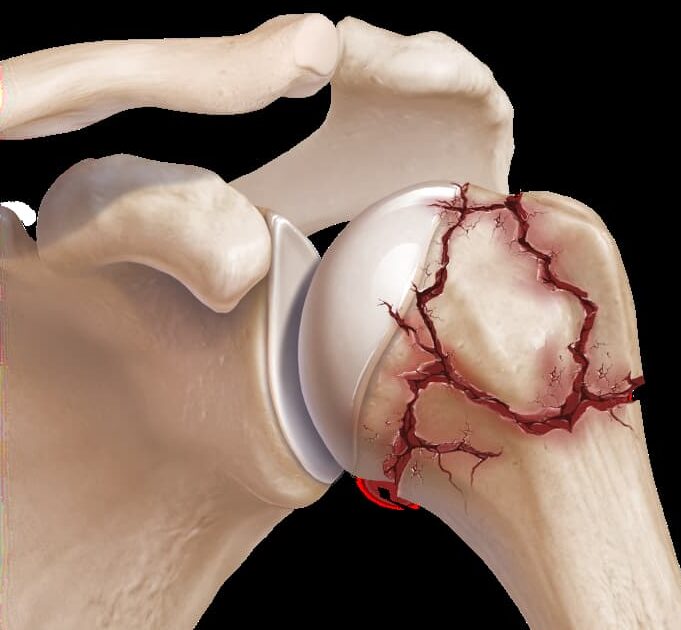
Table of contents
What is a proximal humerus fracture?
A proximal humerus fracture is a break involving the upper part of the humerus, the humeral head (the ball of the shoulder joint). This is a very common fracture, especially in the elderly.
Causes
A proximal humerus fracture is usually caused by a low-energy fall in older individuals, or by high-energy injuries, such as road traffic accidents, in the young. These fractures are also common in contact sports.
Symptoms
Symptoms of a proximal humerus fracture include:
- Shoulder pain
- Swelling and bruising in the armpit and arm
- Inability to lift the arm
- Numbness in the arm
Diagnosis
The doctor will see you, take a detailed history and perform a physical exam focused on your neurovascular status, taking care not to cause any further pain and discomfort. An x-ray is usually sufficient to confirm the diagnosis. Your doctor may request further imaging to help with planning, typically a CT scan, especially if surgery is contemplated.
Your surgeon may take in consideration many factors in their decision-making process, such as age, commorbidities, bone quality, activity level and functional demands, fracture comminution & displacement. If surgery is chosen, this might involve either fixation or arthroplasty.
Treatment
Most proximal humerus fractures are treated conservatively with great success. If the broken pieces are in the same zip code, your shoulder is not dislocated and the alignment is not unreasonable, then you are definitely a candidate for nonoperative treatment. Fracture healing might take 8-12 weeks, but your doctor will encourage you to mobilize early to regain your range of motion. Other fractures would benefit from surgery. This is the case when the broken pieces are away from each other, your shoulder is dislocated, or alignment is unacceptable. In such cases, you may be a candidate for open reduction and internal fixation.
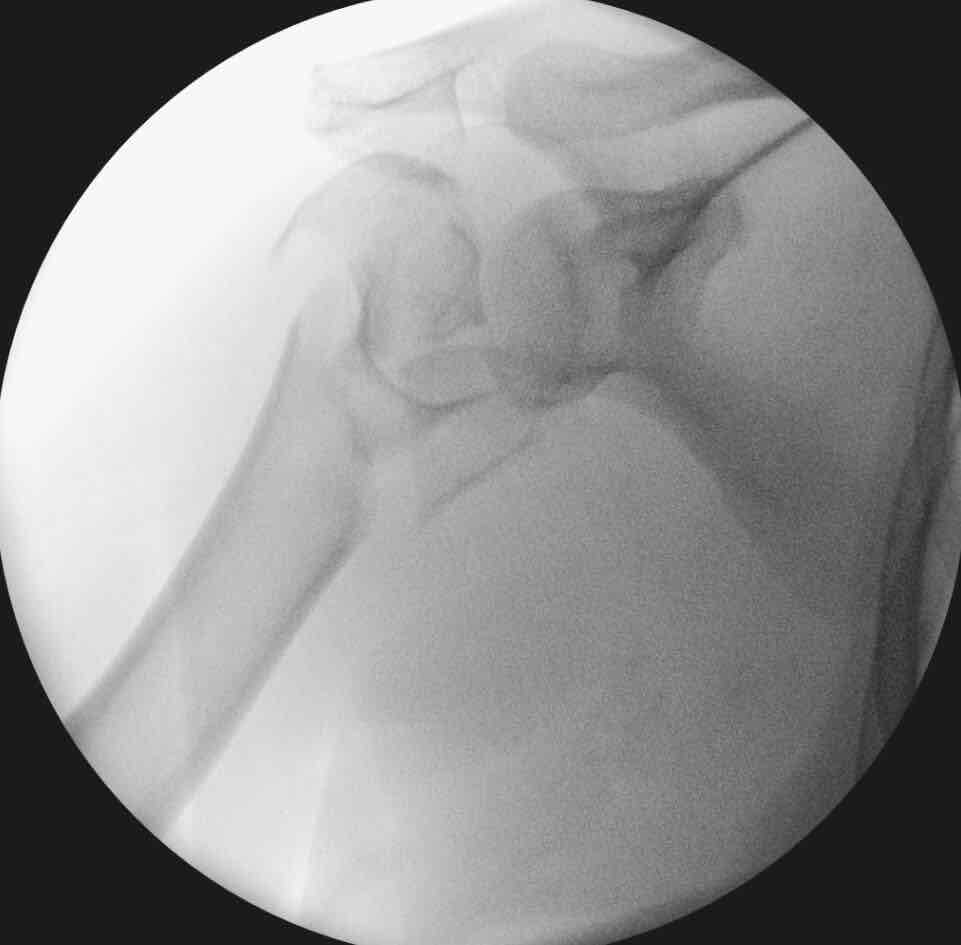
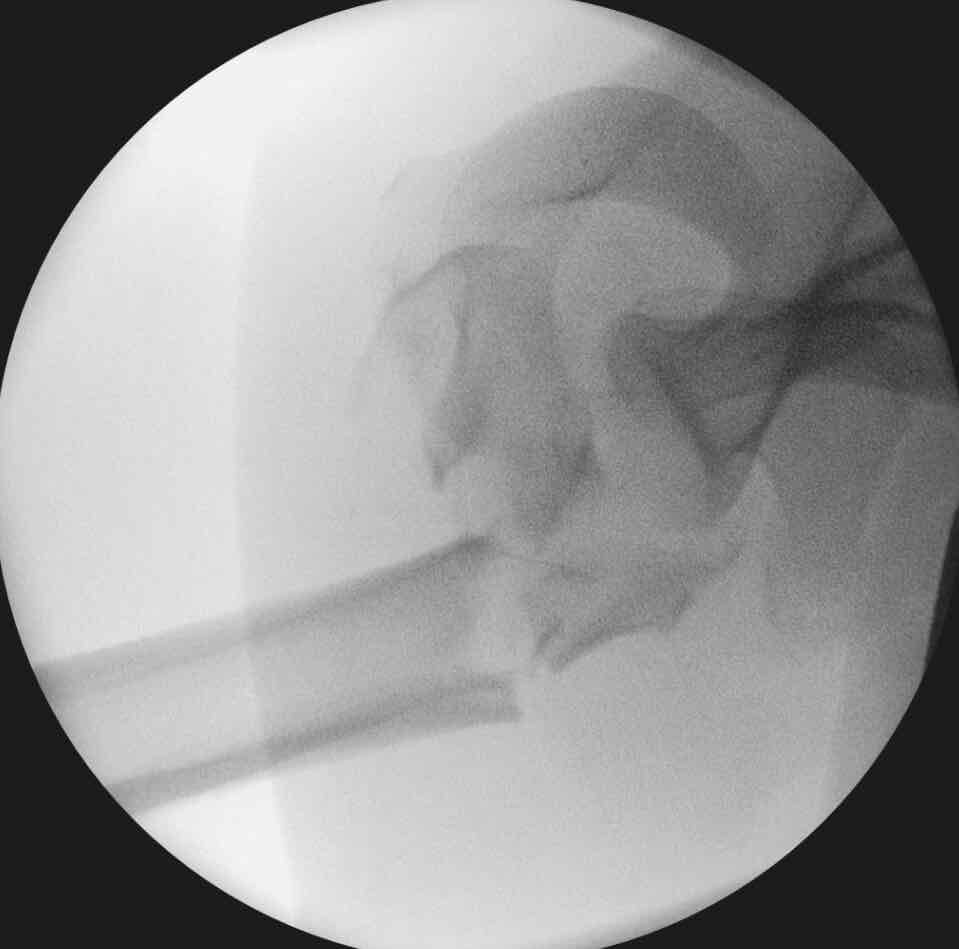

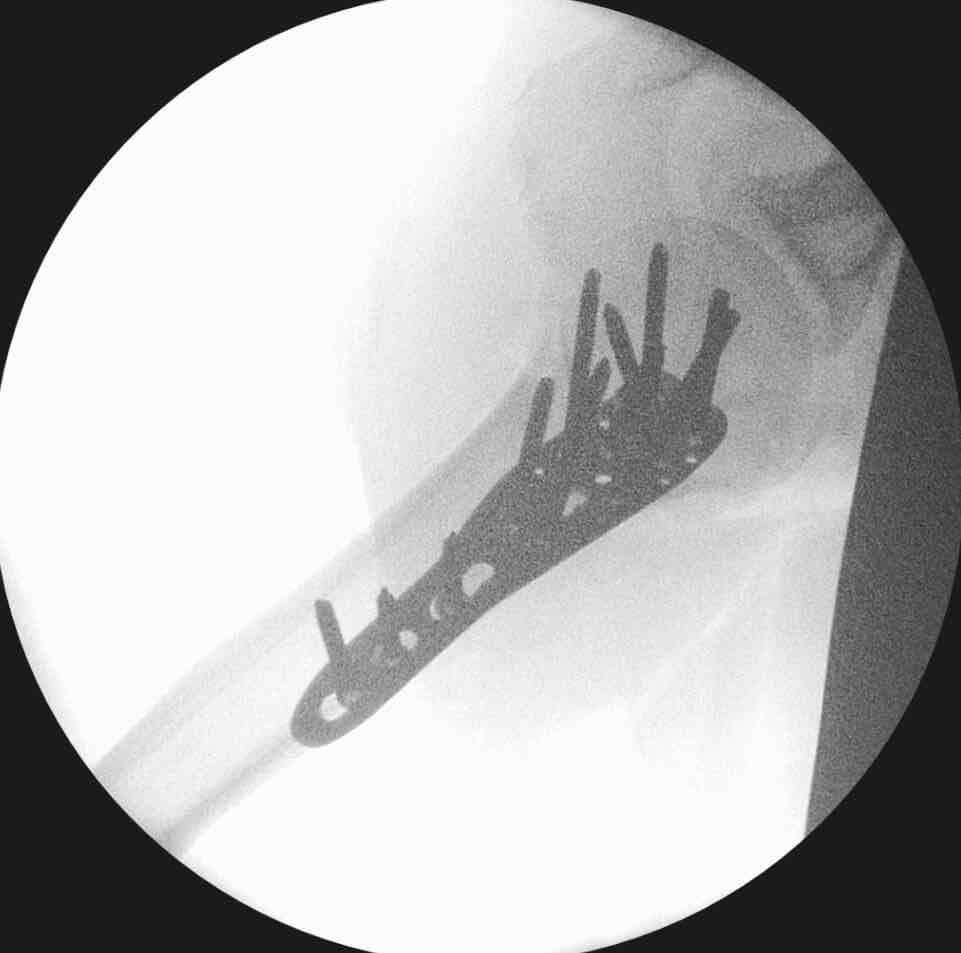
Your surgeon will make an incision in the front of your shoulder, put the broken pieces together and fix them with plates and screws. Alternative means of fixation more rarely used include proximal humeral nails or k-wires. Selected fractures, such as isolated small greater tuberosity fractures (GT fractures) may be treated arthroscopically. Often times, in case of very comminuted fractures or poor bone quality, your surgeon may decide that fixing the bones is not a great idea or is likely to fail. In such cases, you may be better off with a shoulder replacement instead. This is typically either a reverse shoulder replacement or a hemiarthroplasty.
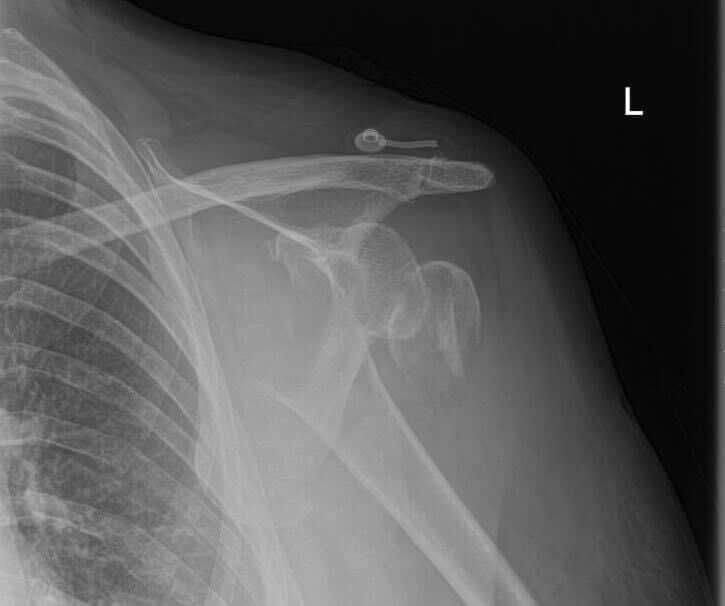
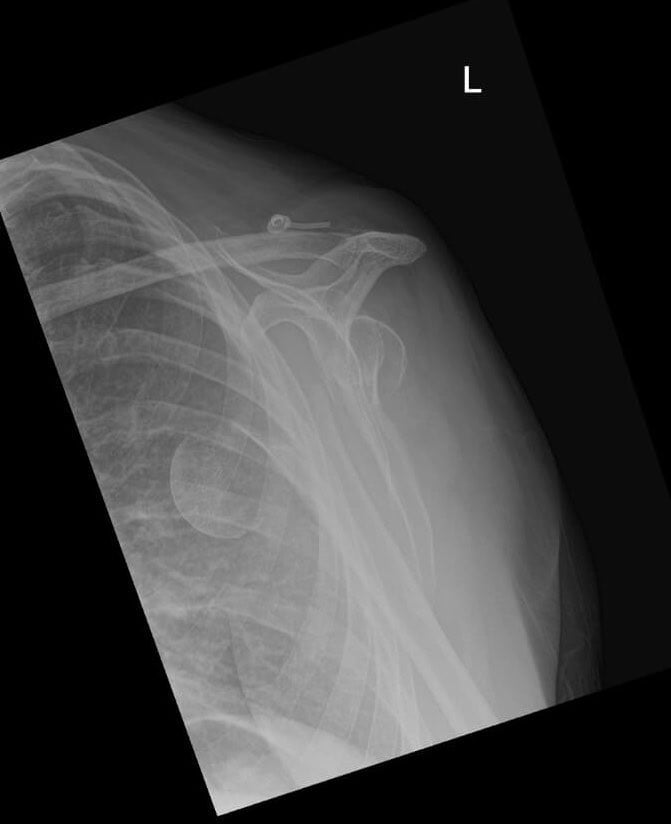
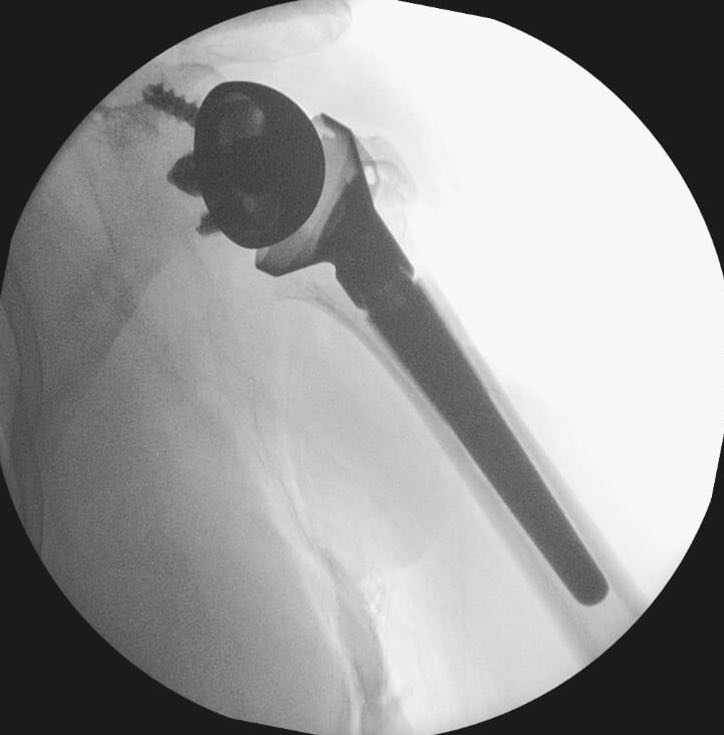
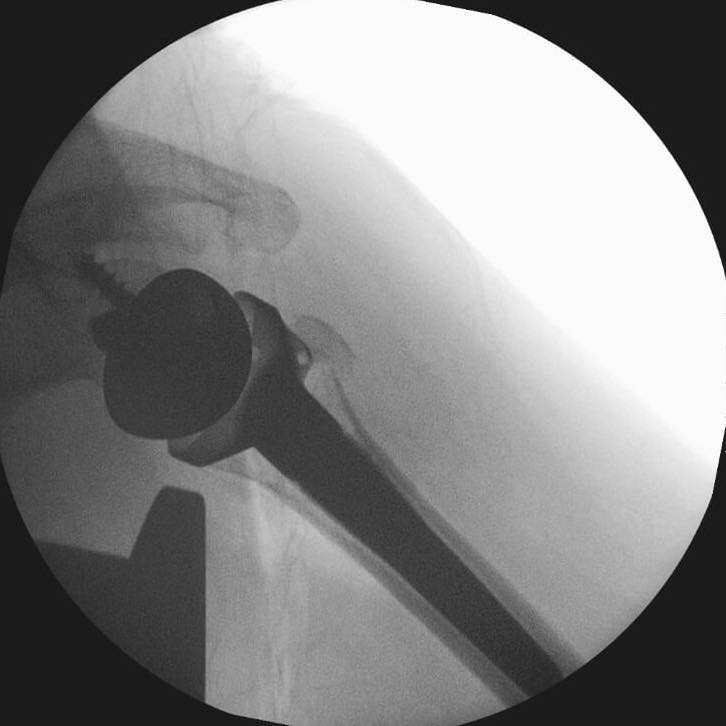
Other methods of treating proximal humerus fractures may include intramedullary nailing or suture anchor fixation (ie, GT fracture).
In any case after surgery, your surgeon and physiotherapist will create an individualized rehabilitation program for you. Proximal humeral fractures can be pretty spicy and difficult to fix, and they should be treated by an experienced Shoulder & Elbow Surgeon. Dr Panagopoulos has extensive surgical experience in Shoulder & Elbow Surgery and will discuss all options with you during your visit in the office.
Frequently Asked Questions
Τι είναι το κάταγμα κεφαλής βραχιονίου;
A proximal humerus fracture is a break involving the upper part of the humerus, the humeral head (the ball of the shoulder joint). This is a very common fracture, especially in the elderly.
What's the typical mechanism of injury?
A proximal humerus fracture is usually caused by a low-energy fall in older individuals, or by high-energy injuries, such as road traffic accidents, in the young. These fractures are also common in contact sports.
How is diagnosis made?
– History & clinical exam
– Xrays
– CT scan, if needed
What's the treatment?
Most fractures can be treated conservatively in a simple sling.
When do I need surgery?
Fractures that are significantly displaced or have failed conservative treatment may need surgery.
Πότε χρειάζομαι ανάστροφη αρθροπλαστική ώμου;
In some cases, especially in the elderly with poor bone quality, a reverse shoulder replacement might be a wiser choice than fixation.
Find us
Book an appointment with us today
